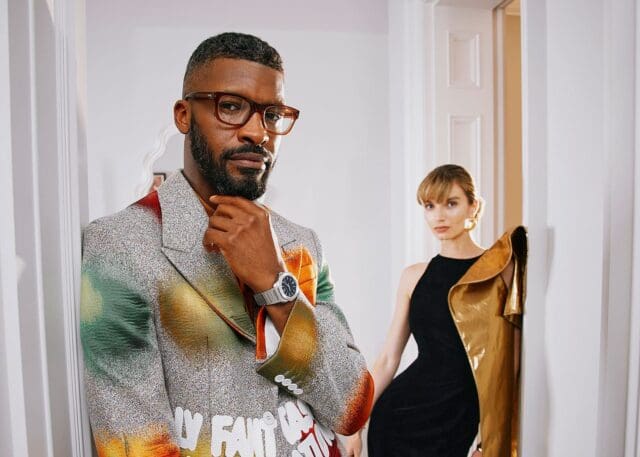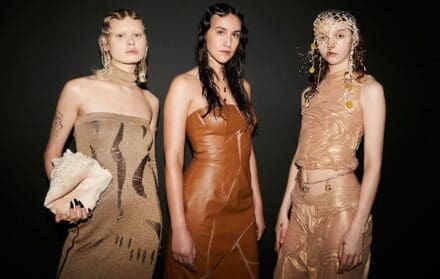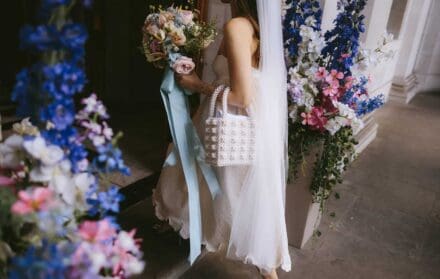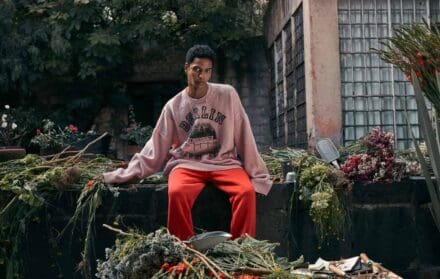
How the Handbag Clinic became the industry go-to for designer restorations
Beaten up Birken? Kicked in Chanel? Book your tired out accessories in for a full MOT at the Handbag Clinic, a leading specialist in repairs and restoration
When Charlotte Staerck’s beloved Luella handbag was stained with dye transfer from her jeans, a friend recommended a local furniture restoration business that was making a growing name for itself as an unlikely saviour of damaged handbags. She lost the number and soon forgot about it. Little did she know that the company’s founder, Ben, would later become her husband and business partner.
The pair met two years later in a nightclub in Newcastle. Combining Charlotte’s love and knowledge of luxury goods with Ben’s technical expertise, they launched the Handbag Clinic in 2013 after spotting a gap in the market for a company specialising in both the repairing and reselling of designer handbags.
Widely regarded as the UK’s leading handbag restoration service, it now boasts a flagship boutique on the King’s Road and a global client list spanning Monaco and the Middle East. It still operates from its north-east HQ and handles around 700 handbags each month.
Here, Charlotte discusses launching and scaling the company, why the luxury goods resale market is booming and the greatest handbag transformations she has witnessed over the years.

When I met my husband, Ben, I was a senior buyer of pharmaceutical and medical equipment for the NHS. I was fiercely independent and my career was going from strength to strength, but my real passion had always been luxury handbags. I would spend hours browsing the preowned market and buying and selling at the right time so that I could covet the latest It bag – something that is now referred to as circular fashion.
Ben and I observed the increasing number of handbags that were being sent to his company, Furniture Clinic, for restoration and I encouraged Ben to officially incorporate Handbag Clinic as its own independent offshoot in 2013. We opened the doors to our first shop on the King’s Road in 2015.
At the time, nobody else was buying and selling preowned luxury handbags on a large scale. Nor were they combining restoration with resale, which enables customers to fetch the highest possible price for their bag. Noticing a clear gap in the market, I decided to leave my career and board Handbag Clinic as a buyer to develop the preowned resale operation.
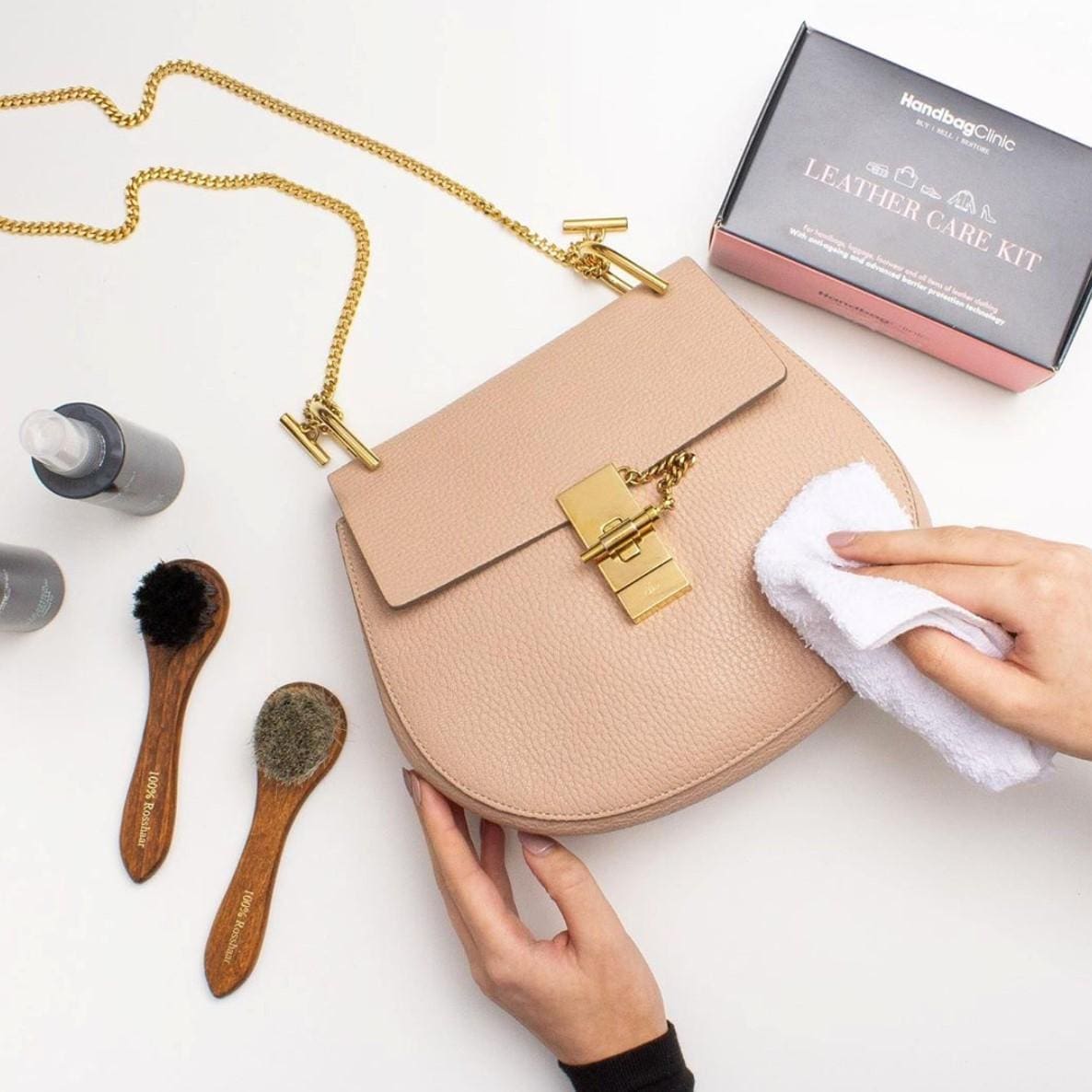
We regularly restore some of the most expensive bags in the world. Our exotic specialists work weekly with Hermès crocodile skin items worth upwards of £50,000. The most expensive bag we have ever worked on was a £140,000 Hermès Birkin with diamond hardware. That was in 2016 and the bag will be worth a lot more now.
We’ve had all manner of restoration challenges, from handbags that have been burnt in fires or been chewed by dogs to reconstructing the inside of vintage trunks and restoring white satin wedding shoes.
Once, a mother brought in her Chanel GST bag after her toddler had doodled all over it with a black Sharpie pen. The Chanel GST is crafted from caviar calfskin leather, which is a super absorbent material, and the ink was very firmly ingrained. As the style was discontinued in 2014, it really was irreplaceable. After the team worked its magic, the bag was as good as new again.
We have also restored a Prada Pleated Tote, which had been stolen and then found by the police in a nearby wooded area. The leather was almost ruined. Our technicians found a tiny fragment of undamaged leather inside the bag, from which they created a colour match in order to rescue it. A lady got in touch fairly recently, distraught, after someone had attempted to violently steal her Hermès Birkin from her shoulder. Fortunately, she managed to hold onto it, but the wrestle led to the handle severing – almost to the point of tearing off. Our specialist technicians handcrafted a new bespoke handle in order to restore the bag.
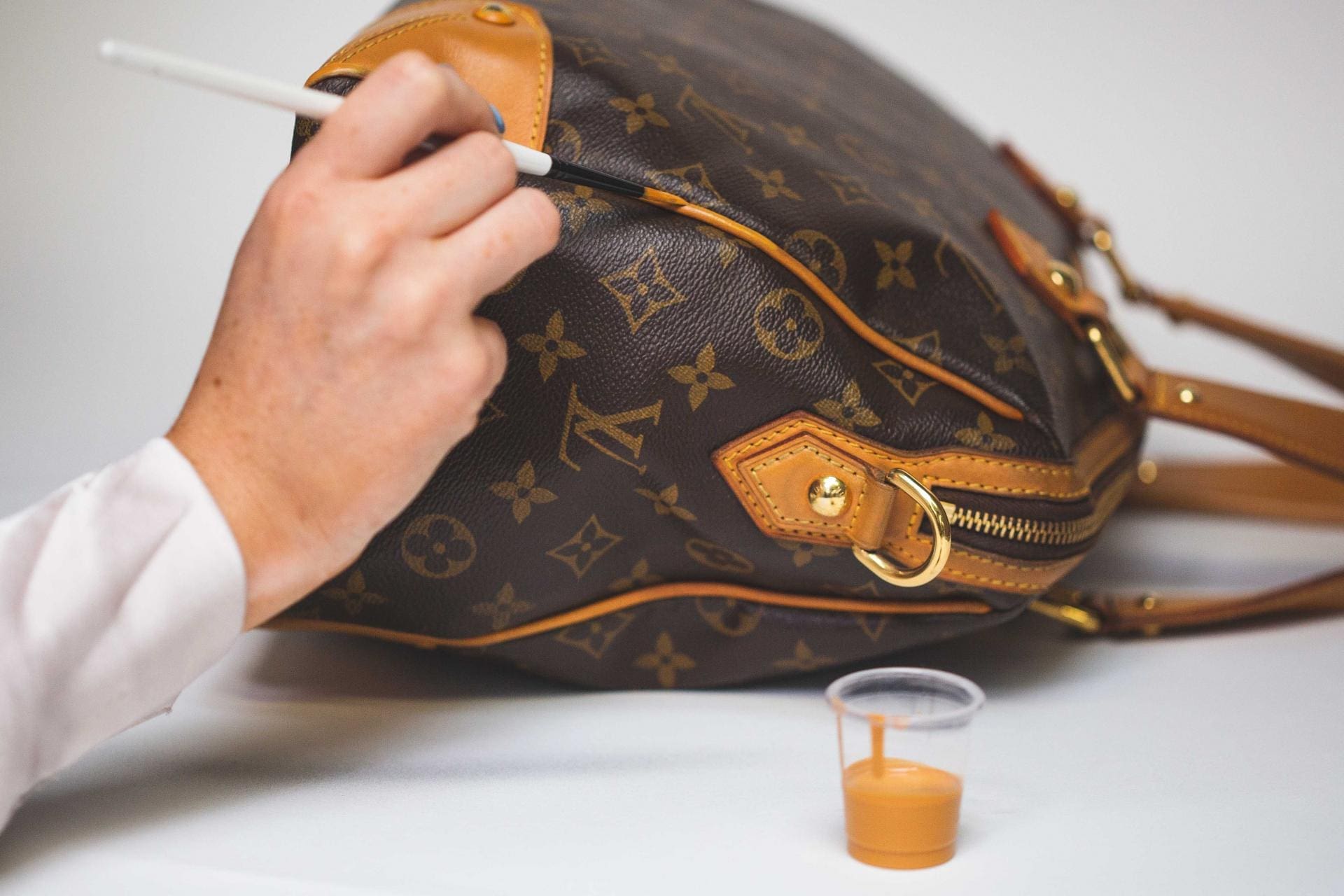
I would say our most in-demand brands are probably Chanel, Mulberry, Hermès and Louis Vuitton. In the last year, ‘Louis Vuitton’ has been searched on our website more than 15,000 times – it’s in our top three most searched for brands, second only to Chanel and Mulberry.
The most common issue we see at Handbag Clinic is a liquid stain on a bag, or dye splashes from the hair salon. If you accidentally stain your bag, there are some steps you can follow to minimise the damage. Do not apply water or any cleaning products that you may have to hand – you will at this point only make the staining worse. Instead, start by blotting the stained area as soon as possible with a clean, dry cloth or tissue, so that you absorb as much of the liquid as possible. Once you have removed the excess liquid, you should then blot the stained area with a damp cloth or tissue using warm water only. Start at the outside of the stain and work inwards; this will stop the stain from spreading outwards.

I think the pandemic has really heightened people’s awareness of sustainability and made many question how they can enjoy fashion in a more responsible way. From an investment stance, the turbulence in other markets has put preowned luxury handbags at the forefront as a commodity because they appreciate so significantly.
In the last past year, the preowned handbag market has grown by an all-time high of 13 per cent, outperforming all other collectible assets including art (5.2 per cent), stamps (6.4 per cent), rare whisky (5.0 per cent), fine wine (0.7 per cent) and jewellery (-6.7 per cent).
I also think that consumers have cottoned on to the idea of generating surplus cash through selling on their once loved but seldom-used items. The world now has an incredible and robust circular economy and resale platforms empower people to generate extra revenue from items they may have otherwise discarded to landfill. We have customers who are so savvy – they buy handbags in huge demand.
Read more: The fashion rental services helping you shop more sustainably



